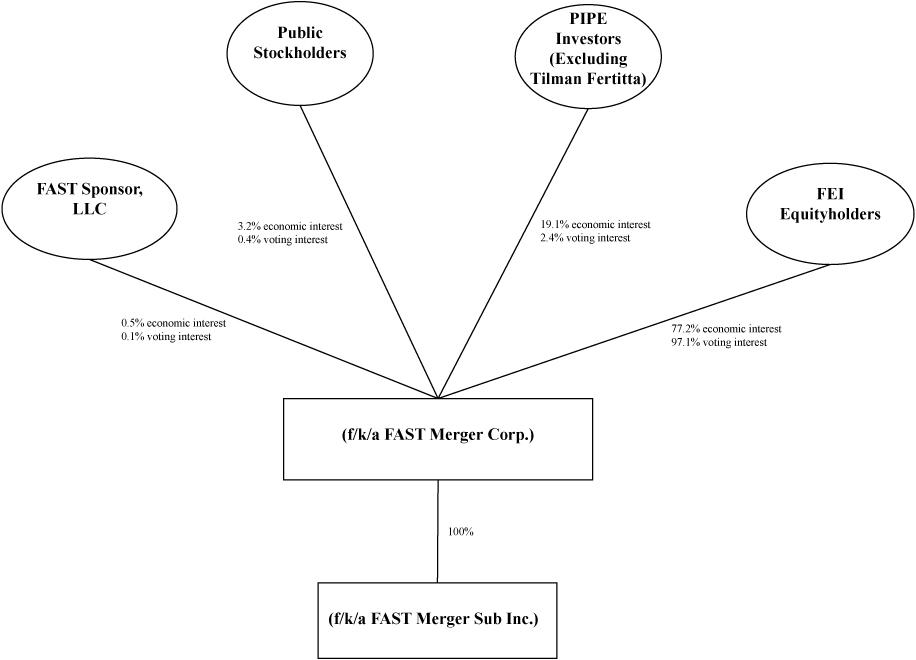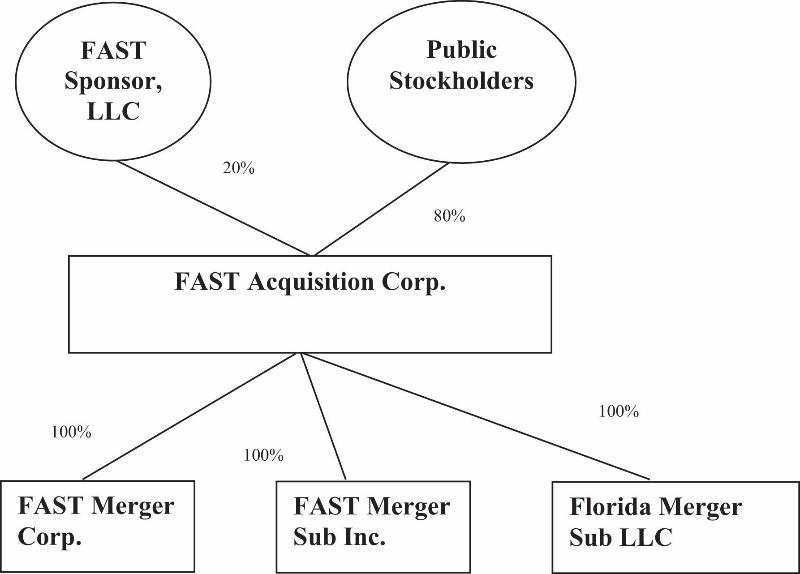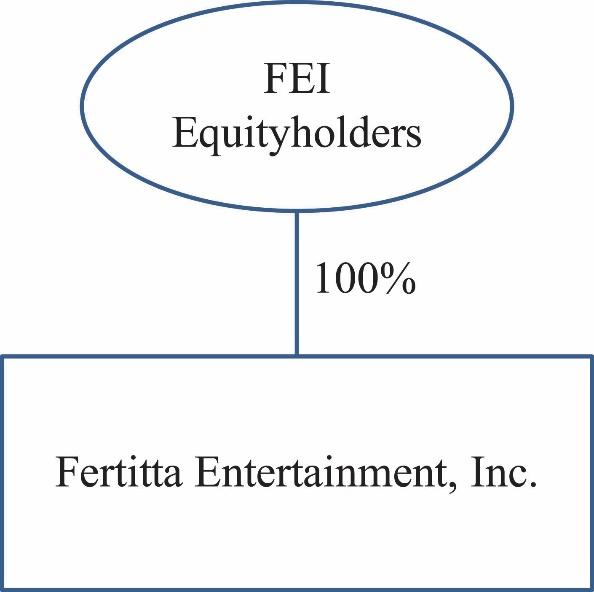copyrightable subject matter, including mask work rights, databases, data collections (including knowledge databases, customers lists and customer databases) and rights therein, web site content, rights to compilations, collective works and derivative works, and the right to create collective and derivative works, whether registered or unregistered, registrations and applications for any of the foregoing, renewals and extensions thereof and all moral rights associated with any of the foregoing (collectively, “Copyrights”); (d) rights in Software; (e) rights under applicable trade secret law and any and all other confidential or proprietary information, know-how, inventions, processes, formulae, models, and methodologies including research in progress, algorithms, data, databases, data collections, designs, processes, formulae, drawings, schematics, blueprints, flow charts, models, strategies, prototypes, techniques, source code, source code documentation, beta testing procedures and beta testing results, research and development, customer lists, supplier lists, pricing and cost information, and business and marketing plans and proposals (collectively, “Trade Secrets”); (f) any rights recognized under applicable Law that are equivalent or similar to any of the foregoing.
“Internal Contribution” has the meaning set forth in the Separation Agreement.
“Internal Reorganization” has the meaning set forth in the Separation Agreement.
“Internal Split-Off Contribution” has the meaning set forth in the Split-Off Agreement.
“IRS” means the U.S. Internal Revenue Service or any successor agency.
“IT Assets” means Software, systems, servers, computers, hardware, firmware, middleware, networks, data communications lines, routers, hubs, switches and all other information technology equipment, and all associated documentation, in each case, owned, leased, outsourced or licensed (including as a cloud service) by any Florida Entity for use in the operation of the Gaming Business.
“Knowledge of SPAC,” “SPAC’s Knowledge” or similar terms used in this Agreement mean the actual knowledge, after reasonable inquiry, of the Persons identified on Section 1.01 of the SPAC Disclosure Letter.
“Knowledge of Florida,” “Florida’s Knowledge” or similar terms used in this Agreement mean the actual knowledge, after reasonable inquiry, of the Persons identified on Section 1.01(c) of the Florida Disclosure Letter.
“Law” means any applicable U.S. or non-U.S. federal, national, supranational, state, provincial, local or similar statute, law, ordinance, regulation, rule, code, income Tax treaty, Governmental Order, requirement or rule of law (including common law) or other binding directives promulgated, issued, entered into or taken by any Governmental Authority.
“Louisiana” means LHGN Holdco LLC, a Delaware limited liability company.
“Louisiana Class B Membership Interest” means a Class B membership interest in Louisiana.
“Liabilities” means any and all debts, liabilities and obligations, whether accrued or unaccrued, fixed or variable, known or unknown, absolute or contingent, matured or unmatured or determined or determinable, including those arising under any Law, Action or Governmental Order and those arising under any Contract.
“Liquor Laws” means all applicable federal, state and local statutes, laws, rules and regulations pursuant to which Liquor Authorities possess regulatory, licensing or permit authority over the sale, distribution and possession of alcoholic beverages.
“Merger Consideration” means an aggregate number of shares of SPAC Newco Class B Common Stock equal to the quotient obtained by dividing (a) the Aggregate Closing Date Transaction Value, by (b) $10.00, as adjusted pursuant to Section 3.04.
“Note Purchase Agreement” means that certain Note Purchase Agreement, dated as of April 28, 2020, by and among Golden Nugget, LLC, Landry’s Gaming, LLC and Landry’s Fertitta, LLC.
“NYSE” means the New York Stock Exchange LLC.
“PCAOB” means the United States Public Company Accounting Oversight Board.
“OFAC” means the U.S. Department of the Treasury’s Office of Foreign Assets Control.


